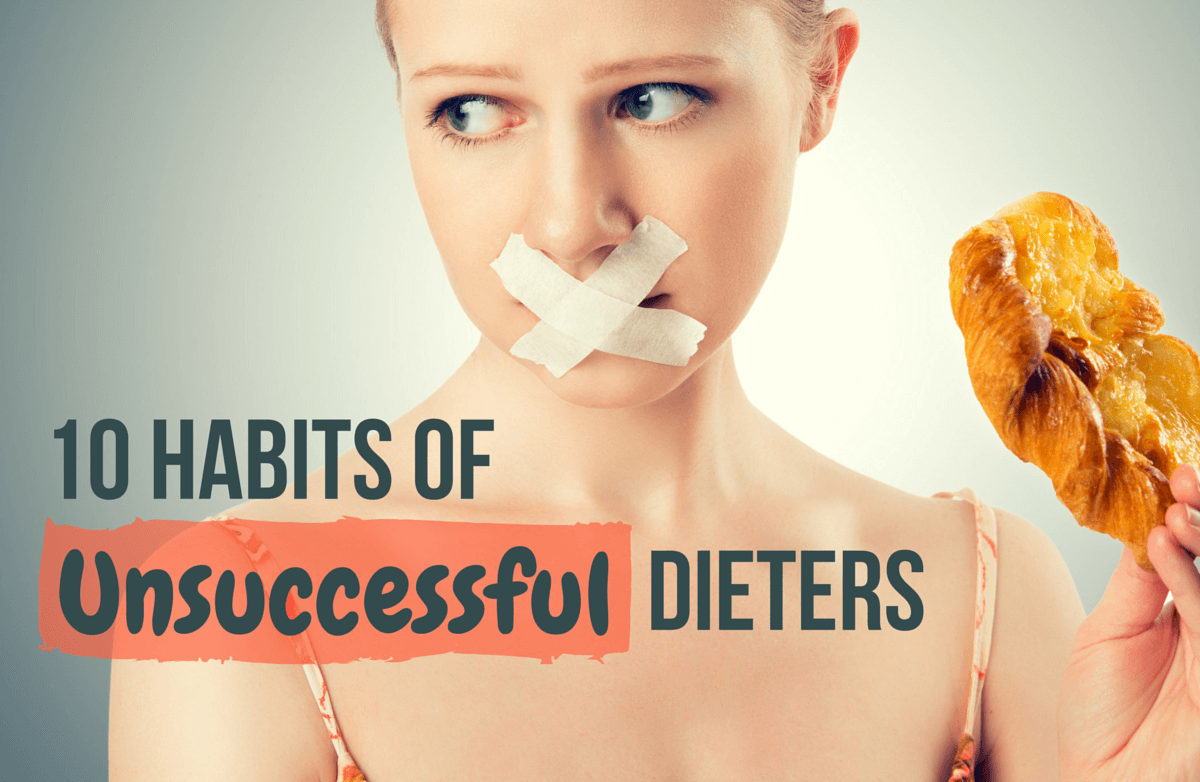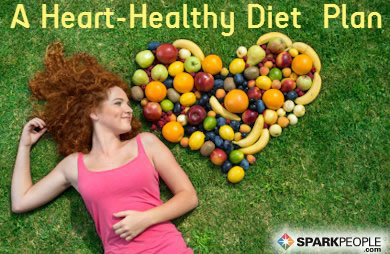When people hear the words "weight loss," images of drastic changes, frustrating deprivation and missing out on food-focused social events dance through their head. The truth is, weight loss looks different for everyone, and if you don't have time for a structured meal plan and detailed calorie counting, you can still succeed!
With a few easy tweaks to your meal plan, not only will you avoid feeling hungry all the time, but you can also save yourself hundreds of calories each day—enough to safely lose one to two pounds per week. Far from complicated or restrictive, you'll see that small changes can deliver big results!
1. For unfussy weight loss, think volume! One easy way to cut back on your calorie intake is to crowd out higher calorie options with nutrient-dense foods that will fill you up for fewer calories. This tactic is especially effective 20 to 30 minutes before a meal. Studies have shown that people who begin their meals with a veggie-loaded, broth-based soup or a salad splashed with low-calorie dressing, for example, eat 15 to 20 percent fewer calories over the course of their meal when compared with those who don't.
2. Make your plate premium real estate. Make the switch from large plates to smaller dishes and serving utensils. If you struggle with portion control and don't want to bother with measuring, this simple visual trick can help you serve up nine to 14 percent fewer calories.
3. Prepare your own food. Restaurant portions are notorious for being larger than life and loaded with extra calories. On average, the typical restaurant meal dishes up more than 1,200 calories—significantly more than the average person's daily requirement! Try limiting how often you eat out and cooking more at home. When you do hit a restaurant, look for healthier options and smaller portions.
4. Move it to lose it. "Sitting at a desk or watching T.V. for extended periods of time can be an easy thing to get used to," shares certified personal trainer, Betsy Dillard, N.C.C.P.T. "Use your smart phone to set an alarm every 30 minutes to remind you to get up and move. Whether it's a quick walk or just stretching your legs, the extra movement is not only good for your brain and joints, but you will also burn extra calories."
5. Don't drink your calories. Whether you love a big glass of juice, a fizzy can of soda or a blended coffee with whip, liquid calories can add up fast without making you feel full. Choose your beverages wisely! If you're a sucker for some bubbles, swap your Diet Coke for a sparkling water with a squeeze of lemon. For your caffeine fix, grab a black coffee or consider yerba mate tea, which contains more caffeine than other teas.
6. Lose it one tablespoon at a time. While it may be tempting to throw out entire food groups, remember that a bit of savvy portion control can really pay off. Added fats such as olive oil, which typically have 90 to 120 calories per tablespoon, pile on the calories with every bite. By simply cutting out three tablespoons of fats or oils each day, you can save 300 calories.
7. Don't run on empty. While many dieters view hunger as the enemy, it's important to learn to make friends with the cues your body is sending. Willpower, after all, is a limited resource and it's likely to fail once gnawing hunger kicks in. Instead of starving yourself, keep your appetite in check by eating regularly throughout the day, at least every four to five hours.
8. But don't graze all day, either. Constant snacking throughout the day is a surefire way to overeat and blow that calorie budget. This sort of nibbling is a double-edged sword: Not only do we tend to underestimate the caloric impact of each "little bite here" and "just a nibble there," but it also does little to quell appetite come mealtime. Though snacks can certainly fit into an effective weight-loss strategy, be sure your choices are intentional and part of the game plan. Food tracking can be an excellent tool in helping you identify when snack cravings strike so you can develop a smarter nutrition plan that will help keep your blood sugar in line and your cravings at bay.
9. Tweak those macros. There's a reason many dieters find success with high-protein, reduced-carb meal plans. Though essential for health and energy, carbohydrates are more quickly digested and absorbed, making them ultimately less satisfying than protein and fat in the long-term. With a few small alterations to your macronutrient balance, you can create an eating plan that provides for all your nutritional needs while keeping hunger at bay. If you're confused as to where to start, consider working with a registered dietitian to gain a better understanding of how carbohydrate, protein and fat can all fit into a healthy diet.
Enthusiasm is great and all, but diving in with both feet and taking on too many major health changes at once is almost guaranteed to lead to burnout. By implementing small, sustainable changes to your life over time, you'll be more likely to stick to your goals and achieve great things.
9 Small Choices That Deliver Big Results
Related Articles
-
 5 Ways to Defend Yourself Against Motivation Roadblocks
5 Ways to Defend Yourself Against Motivation Roadblocks
-
 4 Ways to Fix Your Squat to Reduce Knee Pain
4 Ways to Fix Your Squat to Reduce Knee Pain
-
 The Benefits of Growing Your Own Food
The Benefits of Growing Your Own Food
-
 Can You 'Cheat' on Your Diet and Still Lose Weight?
Can You 'Cheat' on Your Diet and Still Lose Weight?
-
 Is Distraction Sabotaging Your Weight Loss?
Is Distraction Sabotaging Your Weight Loss?
-
 10 Bad Habits Keeping Weight Loss At Bay
10 Bad Habits Keeping Weight Loss At Bay
-
 How to Stay the Course When the Peer Pressure Is On
How to Stay the Course When the Peer Pressure Is On
-
 Eating for a Healthy Heart
Eating for a Healthy Heart
-
 8 Ways to Break Your Bad Habits for Good
8 Ways to Break Your Bad Habits for Good
-
 10 Reasons You Eat When You're Not Actually Hungry
10 Reasons You Eat When You're Not Actually Hungry



